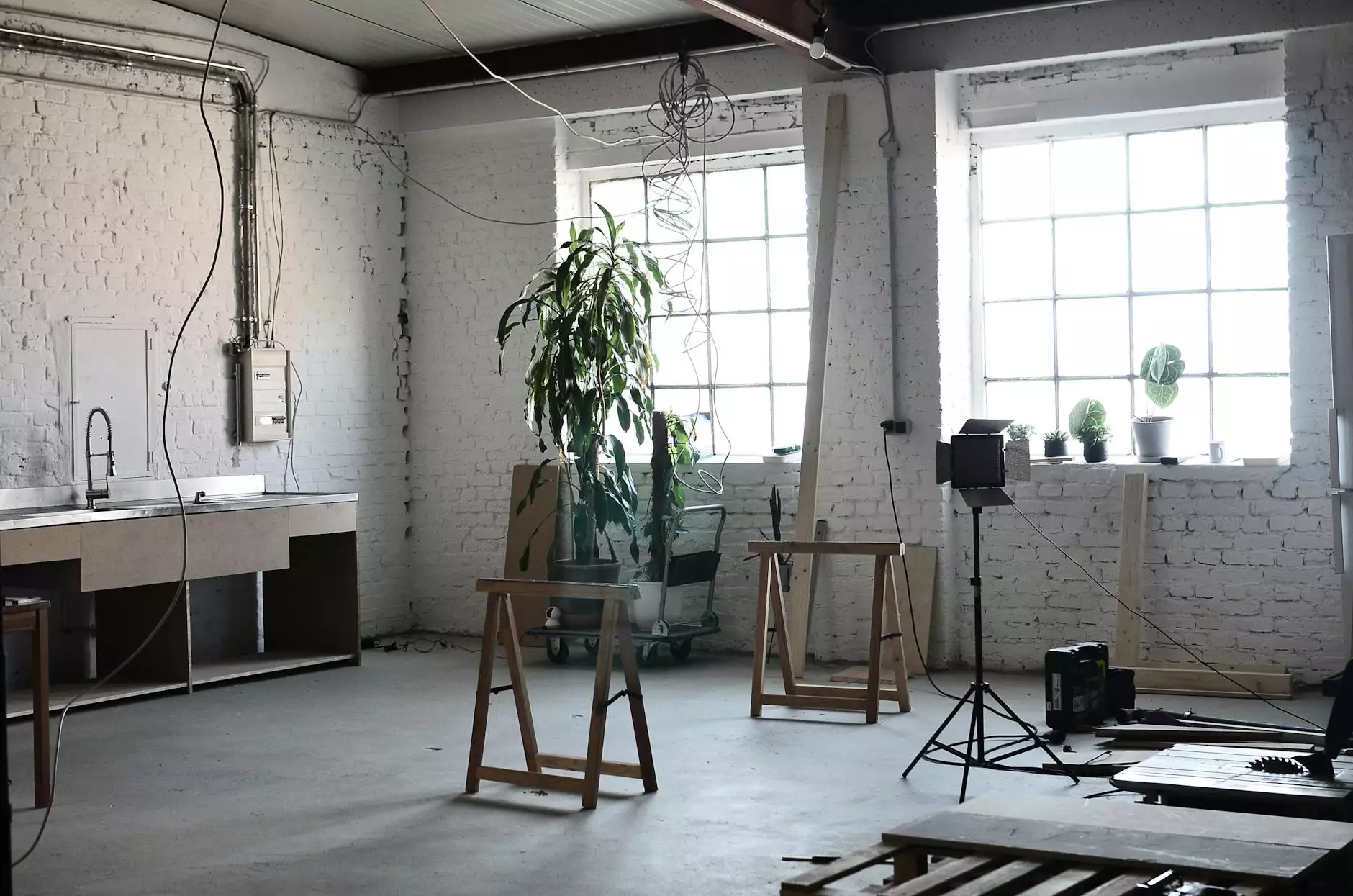Exploring the World of Light Installation Art

Light installation art is a fascinating and dynamic form of contemporary art that embraces the interplay of illumination, space, and viewer interaction. It transcends traditional art forms by integrating technology, creativity, and emotion, ultimately transforming ordinary environments into extraordinary experiences. This article delves into the significance, creation, and impact of light installation art, exploring its position within the broader context of arts and entertainment, and specifically within art galleries.
Understanding Light Installation Art
At its core, light installation art revolves around the use of artificial light sources to create immersive experiences. These installations can take many forms, from simple light sculptures to complex interactive environments. Artists often employ a variety of media, including LEDs, neon lights, projections, and sometimes even sound, to enhance the emotional and visual impact of their work.
The Evolution of Light Installation Art
The journey of light installation art began in the mid-20th century, influenced by various technological advancements and artistic movements. As artists sought to challenge conventional ideas about form and space, they began to incorporate light into their work, leading to groundbreaking movements such as minimalism and conceptual art.
Key Influences and Movements
- Minimalism: Artists like Dan Flavin utilized fluorescent lights to create simplistic yet profound installations that explored the nature of light itself.
- Conceptual Art: The use of light as a medium to convey complex ideas became prevalent through artists like Bruce Nauman, whose work often challenged the viewer's perceptions of space.
- Digital Art: The rise of digital technology in the 21st century opened new avenues for light artists, with capabilities for intricate projections and interactive light displays.
The Artistic Process Behind Light Installations
Creating a successful light installation art piece involves a carefully curated process that melds technical skill with artistic vision. Here’s a closer look at the stages involved:
Concept Development
Every light installation begins with a concept. Artists often draw inspiration from various sources, such as nature, personal experiences, or societal themes. A strong concept serves as the foundation for the entire project, guiding decisions about form, color, and interaction.
Material Selection
Material selection is crucial in light installation art as it can significantly affect the artwork's final appearance and interaction with its surroundings. Artists may use various materials, including:
- LEDs: Known for their energy efficiency and versatility, LEDs allow artists to create vivid and dynamic light displays.
- Fiber Optics: These can create mesmerizing effects that play with the perception of depth and space.
- Projectors: Used for projecting light patterns or images onto surfaces, enhancing dimensionality in installations.
Installation and Interaction
Once the design is finalized, the installation process begins. This phase often involves intricate planning to ensure that the lights interact harmoniously with the space. Some installations even include interactive elements, inviting viewers to engage with the artwork, altering their experience through movement or touch.
Prominent Artists in Light Installation Art
Several artists have made significant contributions to the field of light installation art, pushing the boundaries of what light can express. Notable figures include:
- James Turrell: Renowned for his use of natural and artificial light, Turrell’s works invite viewers into a meditative experience, emphasizing perception and awareness.
- Olafur Eliasson: His installations often explore the relationship between the environment and the observer, utilizing light to create immersive sensory experiences.
- Yayoi Kusama: Known for her Infinity Mirror Rooms, Kusama’s work combines light with reflections to create endless visual depth.
Impact of Light Installation Art on Society
Light installation art has profound implications for both individuals and communities. Here’s how it contributes to society:
Cultural Engagement
Light installations often serve as cultural landmarks, bringing people together to experience art in a shared space. Cultural festivals, such as the Festival of Lights in Berlin or Vivid Sydney, showcase the creativity and innovation of light artists, fostering a sense of community and collective appreciation for art.
Emotional Resonance
The emotional impact of light installations can be profound. By manipulating light and space, artists create atmospheres that evoke feelings ranging from tranquility to excitement. This emotional resonance fosters personal connections between the artwork and the viewer, enhancing the overall experience.
Advancements in Technology
As technology progresses, so too does the field of light installation art. Artists increasingly leverage new technologies, such as augmented reality and interactive installations, creating experiences that challenge traditional perceptions of art. This ongoing evolution encourages innovation within the art community and beyond, inspiring cross-disciplinary collaborations.
Exploring Light Installation Art in Galleries
Art galleries play a crucial role in promoting light installation art. They provide platforms not just for displaying light installations, but also for fostering dialogue among artists, critics, and audiences. Here’s why art galleries are vital for light installation art:
Exposure to a Broader Audience
By hosting light installation exhibitions, galleries introduce this unique art form to diverse audiences, encouraging new perspectives on contemporary art. This exposure is essential for emerging artists seeking recognition and for established artists wishing to expand their reach.
Curatorial Expertise
Art galleries offer invaluable curatorial expertise, carefully selecting installations that resonate with their mission and audience. A well-curated exhibit can enhance the viewer's experience, making connections between different works and encouraging deeper engagement with the art.
Facilitating Artist-In-Residence Programs
Many galleries implement artist-in-residence programs that allow artists to create and showcase new light installations. These programs not only provide increased visibility for artists but also create opportunities for community involvement and education around the art form.
Conclusion: The Future of Light Installation Art
The future of light installation art is bright and filled with potential. As artists continue to explore innovative technologies and engage with societal themes, light installations will likely evolve into even more immersive and interactive experiences. They will challenge our perceptions, invite us to reimagine our environments, and deepen our emotional connections with art.
Embracing Light as Art
The beauty of light installation art lies in its ability to transform spaces and provoke thought. Whether in public settings or intimate galleries, these artworks remind us of the power of light—a force that can illuminate not just spaces, but also experiences, emotions, and conversations within our communities.
In conclusion, light installation art is more than just a visual spectacle; it is a vital and evolving movement within the art world, significant in its cultural, emotional, and technological implications. As we embrace this art form, we open ourselves to new realms of creativity and expression that resonate with the very core of our humanity.









